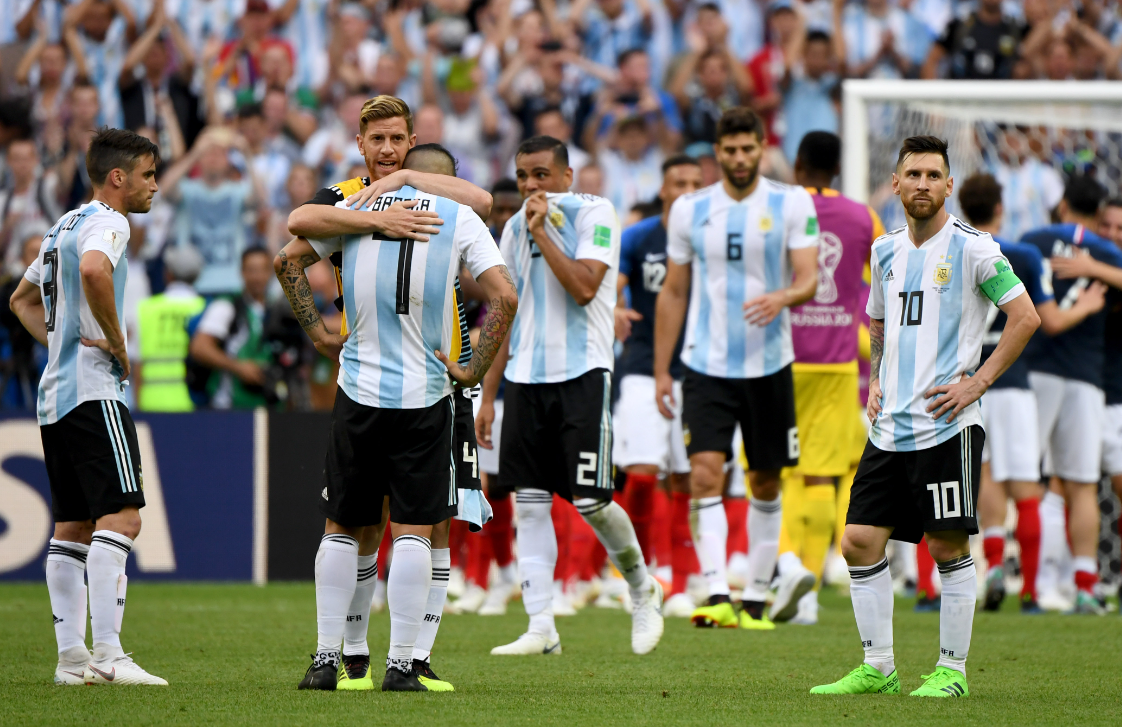
2010 FIFA World Cup South Africa
This World Cup poster is the best design of the 21 World Cup posters. The earthy yellow background symbolizes the land of the African continent; The black in the poster symbolizes the map of Africa, which constitutes the expression of people looking up to football, expressing Africa's desire for the arrival of the World Cup, love for football, and desire for the popularity of football and a better environment.
The color of the picture is bright, black, red, yellow, green and white together constitute the five colors of the South African flag, showing the enthusiasm of the South African people and the treasure of this World Cup.
The name of the ball used in the 2010 World Cup in South Africa is Jabulani. "Jabulani" is derived from the Zulu language of the Bantu language family, and 11 different colors are used in the design, representing that each team is composed of 11 players, while implying that South Africa has 11 tribes and 11 official languages.
The groundbreaking ball consists of just eight surfaces, each of which has a three-dimensional structure and is stitched together using thermal bonding technology, making the new ball rounder and more accurate than ever before.2014 FIFA World Cup Brazil
The World Cup comes to Brazil again, this time the poster design is rich in layers, in the middle is a striking title, Brazil's unique totem composed of two people's legs and the middle of the football, which has two meanings, the first layer is to fight with the opponent football, a symbol of hard work; The other layer is to pass the ball to teammates, symbolizing cooperation and unity.
Looking at this poster, I found that the white background after the title is surrounded by totems around the map of Brazil, and the design is creative.
The ball used in the 2014 FIFA World Cup in Brazil was called Brazuca. The colors and decorative design of Brazuca are derived from the traditional Brazilian wishing bracelet, and also reflect the agility and fun of football in the South American country.
This soccer ball adopts an innovative structural design, using six identical cross-shaped spherical blocks to form a different surface structure than before, giving the soccer ball a unique symmetry, bringing better ball control, contact, stability and aerodynamic performance for the game.
2018 FIFA World Cup in Russia
The retro design of this World Cup poster reminds people that the World Cup has been 88 years of history. The poster shows former Soviet goalkeeper Lev Yashin leaping in a 1920s jersey, diving for the ball with one hand. The poster is orange in tone, with green circles symbolizing the green pitch and new energy.
The shape of the football has a map of Russia, and the combination of orange lines behind it is like the sun, but also resembles the first artificial satellite launched by the Soviet Union. It is not difficult to see the pictures of rockets and satellites in the excessive images of the World Cup TV broadcast, and the design of the poster also implies Russia's achievements in the field of space exploration.
The ball used at the 2018 World Cup in Russia is called Telstar18. It was named after the 1970 World Cup Ball TV Star. The new TV Star 18 returns to black and white, with a black color block that resembles a TV Mosaic treatment to pay homage to the year.
2022 World Cup in Qatar
The official posters for the World Cup were all created by Qatari artist Busena Al Muftar. The main poster depicts a traditional headdress thrown into the air, symbolizing the celebration and fan enthusiasm for this great football event in Qatar and the Arab region.
The accompanying posters illustrate the passion for football in the Arab region and the special meaning of family togetherness that football implies.
The 2022 FIFA World Cup in Qatar will be called Al Rihla (Journey). Officially released on March 30, 2022. Al Rihla means "journey" in Arabic. The ball is inspired by Qatar's culture, architecture, iconic ships and flag. FIFA says the ball will fly through the air at the fastest speed in World Cup history.
The "Dream" is the match ball for the semi-finals and final of the 2022 World Cup in Qatar, which was officially released on December 12, 2022.

